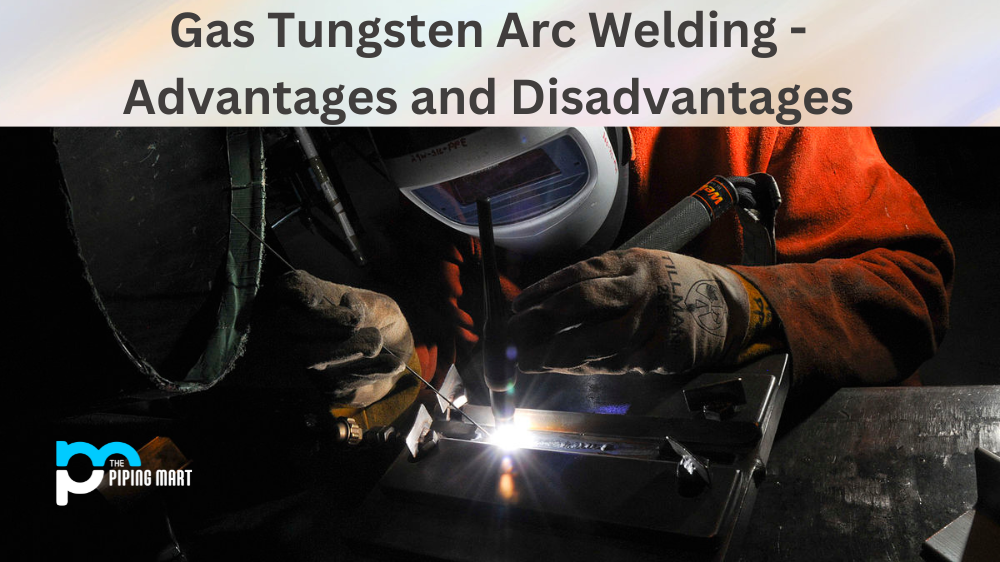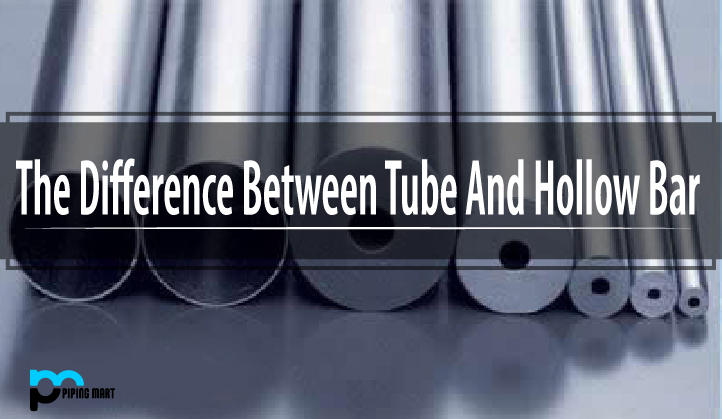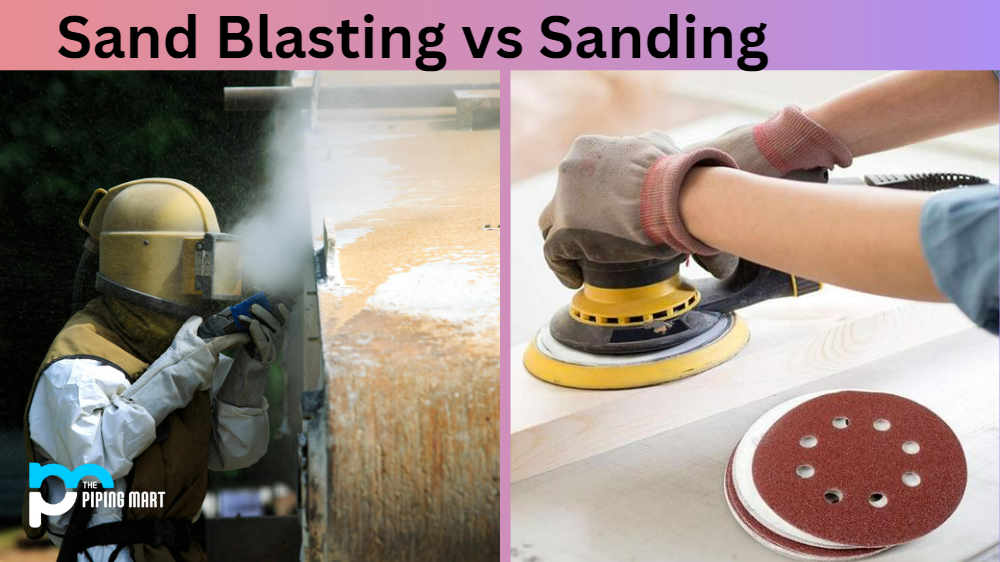GTAW, also known as TIG welding, is a popular type of welding that uses a non-consumable electrode to weld metals. In this process, an arc is created between the electrode and the metal being welded, which heats up the metal and creates a weld pool. GTAW is often used for welding thin metals, as it produces a high-quality weld with minimal distortion. However, there are some advantages and disadvantages of gas tungsten arc welding that you should be aware of before you decide if it’s the right welding process for your project.
Advantages of GTAW
- GTAW produces high-quality welds with minimal distortion.
- The welder has greater control over the weld pool, which makes it easier to produce precise welds.
- GTAW is versatile and can be used on a variety of materials, including aluminium, magnesium, copper, stainless steel, and titanium.
- The electrode does not need to be replaced as often as with other welding processes, which saves time and money.
- GTAW produces very little smoke and fumes, making it a safer welding process overall.
- The arc can be started and stopped quickly, which makes GTAW ideal for welding in tight spaces or difficult-to-reach areas.
- Because the electrode is not consumed during the welding process, there is less cleanup involved with GTAW than with other processes, such as MIG welding or stick welding.
- GTAW can be performed in any position, making it ideal for hard-to-reach areas or projects that require overhead welding.
- This type of welding provides a more aesthetically pleasing finish than other processes because there is no spatter or slag to remove from the surface of the metal.
- GTAW is often used in applications where appearance is important, such as in the automotive industry or when welding stainless steel tubing for plumbing purposes.
- The lack of filler material also means that there is less chance for impurities to enter the weld pool and contaminate the weld joint.
- This process can be automated using robots or computer numerical control (CNC) machines to increase productivity and consistency in production environments.
Disadvantages of GTAW
- GTAW requires more operator training than some other processes because it is more difficult to master than MIG or stick welding.
- The equipment required for GTAW is typically more expensive than for other processes.
- GTAW is generally a slower process than MIG or flux-cored arc welding, which can impact productivity on large projects.
- The heat input into the workpiece must be carefully controlled to avoid warping or distorting delicate metals.
- GTAW requires an inert gas such as argon or helium, which adds to the cost of this process.
- The lack of filler material means that this process is not well suited for joining dissimilar metals.
Conclusion
In conclusion, it’s clear that Gas Tungsten Arc Welding (GTAW) is a process that comes with both advantages and disadvantages. One of the main pros of GTAW is its high accuracy and precision for intricate welding jobs. Additionally, GTAW results in aesthetically pleasing welds and does not leave a metal splatter behind. However, this type of welding also has some drawbacks too; it is more time-consuming than other methods, it requires skilled personnel to operate it correctly, and it can be expensive to invest in compared to MIG or arc welding processes. Taking all factors into consideration, GTAW can work as an excellent solution for precise welding applications while taking into account the fact that its costs may outweigh potential benefits at times, such as production speed. Ultimately, it’s important to weigh the factors carefully when selecting a welding process to make sure you choose one that fits your needs best.

A passionate metal industry expert and blogger. With over 5 years of experience in the field, Palak brings a wealth of knowledge and insight to her writing. Whether discussing the latest trends in the metal industry or sharing tips, she is dedicated to helping others succeed in the metal industry.




